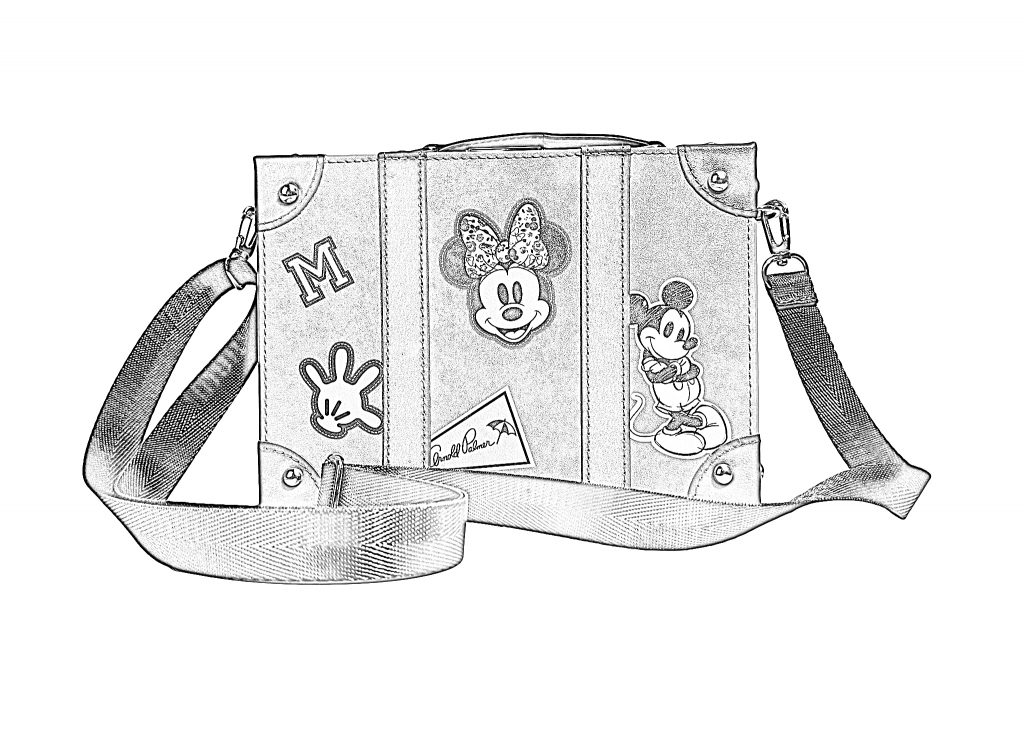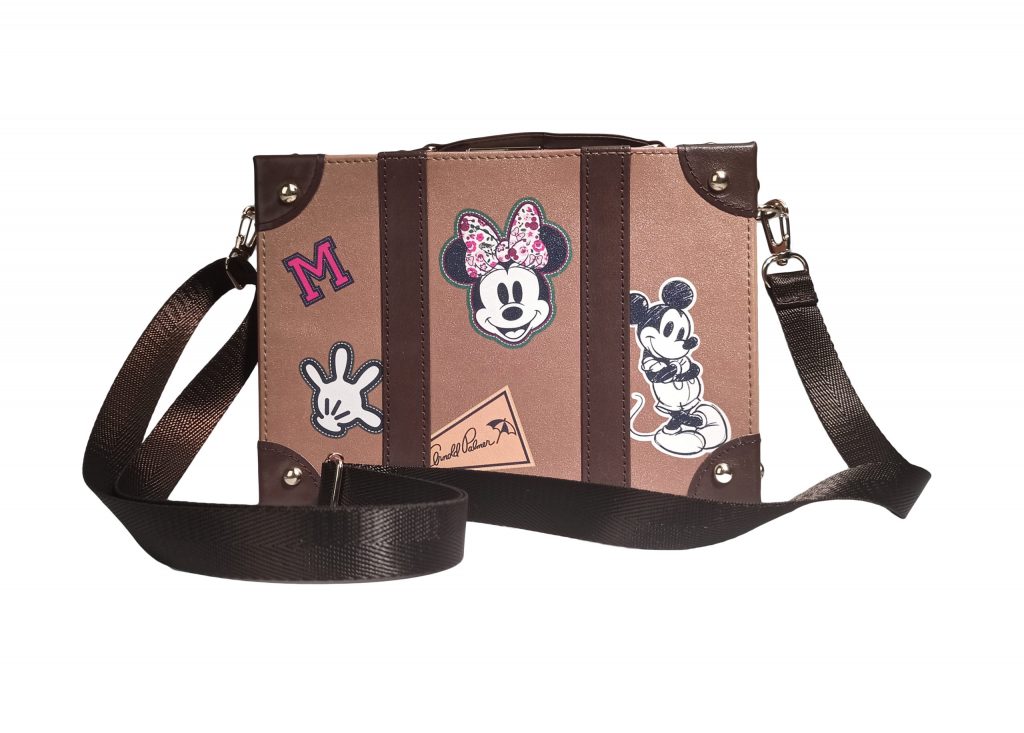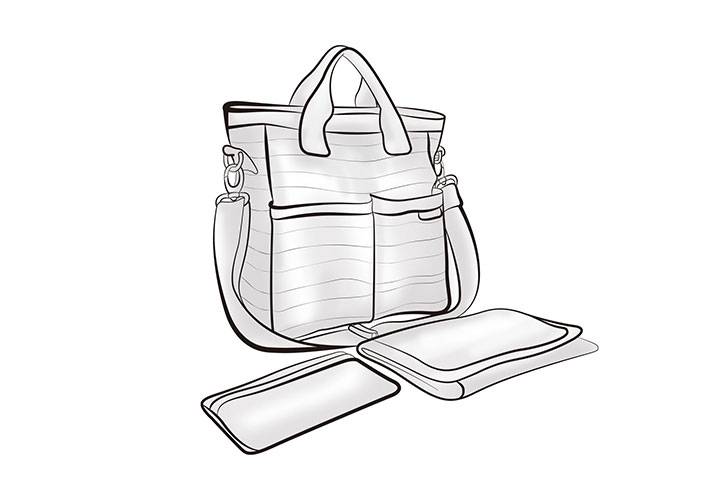Blogs & News
We have a lot of ideas and know-how about bags, material sourcing, sampling, production and a whole host of bag-related topics that we would like to share with you.
From Design to Finished Product: Creativity and Craftsmanship Behind the Production of Women's Bags

On the stage of fashion, women’s bags always occupy an important position. A beautiful women’s bag is not only a tool for carrying items but also a fashion statement that showcases women’s personality and taste. From design to finished product, there is endless creativity and craftsmanship behind the production of women’s bags.
Creative Design: The Source of Inspiration
The design of women’s bags is the starting point of the entire production process and also the most creative link. Designers draw inspiration from various channels such as art, culture, nature, and fashion trends. They may gain inspiration during a trip, finding color and pattern inspiration from ancient buildings and magnificent landscapes; or capture the latest fashion trends from a fashion show and incorporate them into the design of women’s bags.
Creative design is not only about appearance but also includes functionality and practicality. Designers need to consider the size, capacity, and pocket layout of women’s bags to meet the needs of women in different occasions. For example, a women’s bag suitable for work may need enough space to hold laptops, documents, and other office supplies, while also having dedicated pockets for small items such as mobile phones and wallets.
In addition, the choice of materials is also an important part of design. Different materials will bring different textures and styles to women’s bags. Designers can choose soft leather, durable canvas, gorgeous silk, etc., and determine the most suitable material according to the design theme and target audience.
Exquisite Craftsmanship: The Guarantee of Quality
Once the design is completed, the production of women’s bags enters the craftsmanship stage. This is a process that requires high skills and patience, and every detail is crucial.
1.Design Sampling
First, make a preliminary sample according to the design drawings. This sample is used to test the feasibility and actual effect of the design. Designers and craftsmen will carefully evaluate and adjust the sample to ensure that the size, proportion, and details of each part meet the requirements.
2.Material Preparation
Select appropriate materials according to the design, such as leather, fabric, hardware accessories, etc. Leather needs to be selected, cut, and processed to ensure its quality and texture meet the requirements. Fabric needs to be cut and sewn, and hardware accessories need to be selected and installed.
3.Cutting
Cut the materials accurately according to the design size. For leather materials, professional knives and molds need to be used to ensure the accuracy of cutting and the neatness of the edges. For fabric, precise cutting equipment also needs to be used to ensure consistency in size.
4.Sewing
This is a very crucial step in the production of women’s bags. Skilled craftsmen use professional sewing machines to sew the various parts together. The quality of sewing directly affects the durability and aesthetics of women’s bags. The stitching should be even and firm, without skipping stitches or broken threads. For some special parts such as corners and edges, hand sewing may be required to ensure perfect details.
5.Hardware Accessory Installation
Hardware accessories include zippers, buckles, locks, chains, etc. They not only play a decorative role but also affect the functionality and user experience of women’s bags. Installing hardware accessories requires precise operations to ensure that each accessory is in the correct position and is firmly fixed. For example, the installation of zippers should ensure smooth operation without jamming or damage; the installation of buckles and locks should ensure firm reliability and not easily loosen.
6.Surface Treatment
To make women’s bags more beautiful and durable, surface treatment is also required. For leather women’s bags, dyeing, waxing, polishing, and other treatments may be required to enhance the gloss and texture of the leather. For fabric women’s bags, printing, embroidery, hot stamping, and other treatments may be required to increase their decorative nature.
7.Quality Inspection
At the final stage of women’s bag production, strict quality inspection is essential. Inspectors will carefully check the appearance, stitching, hardware accessories, etc. of each women’s bag to ensure that it meets high-quality standards. Only women’s bags that pass quality inspection can enter the market for sale.

Fashion and Sustainable Development
As people’s attention to environmental protection and sustainable development continues to increase, the production of women’s bags is also gradually moving in a sustainable direction. Many brands are beginning to use environmentally friendly materials such as recycled leather and organic cotton to reduce the impact on the environment. At the same time, some brands are also committed to promoting sustainable production methods such as reducing waste and recycling materials.
In addition, the cyclical nature of fashion also brings new challenges and opportunities to the production of women’s bags. Designers need to constantly innovate and launch women’s bags that conform to current fashion trends. At the same time, they also need to consider the durability and recyclability of women’s bags so that they can still be used and appreciated in future fashion trends.
In conclusion, from design to finished product, the creativity and craftsmanship behind the production of women’s bags is a process full of charm and challenges. The creativity of designers and the exquisite craftsmanship of craftsmen jointly create beautiful women’s bags, satisfying women’s pursuit of fashion and quality. At the same time, as the concept of sustainable development continues to penetrate people’s hearts, the production of women’s bags is also exploring new development directions and making contributions to the sustainable development of the fashion industry.

